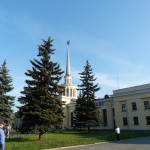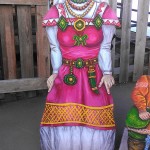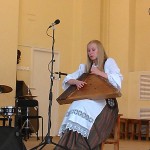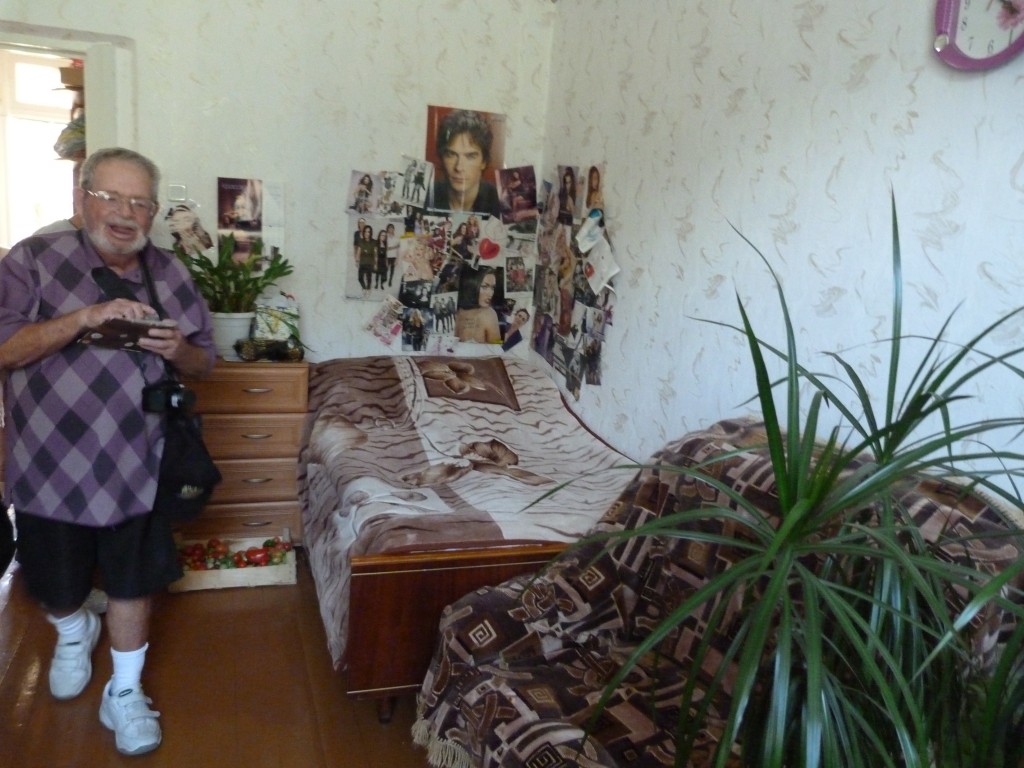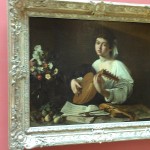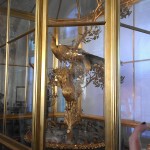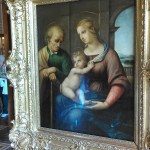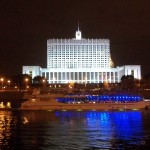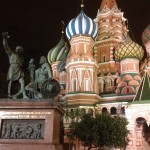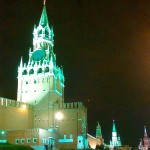 Petrozavodsk is the capital of the Republic of Karelia extending along the western edge of Lake Onega. It is one of Russia’s thriving cities with many green parks and inviting squares flanking its broad, tree-lined avenues. With a university, the city has a large energetic student population and its proximity to Finland lends a markedly European atmosphere.
Petrozavodsk is the capital of the Republic of Karelia extending along the western edge of Lake Onega. It is one of Russia’s thriving cities with many green parks and inviting squares flanking its broad, tree-lined avenues. With a university, the city has a large energetic student population and its proximity to Finland lends a markedly European atmosphere.
Literally meaning “Peter’s Factory”, the city was founded in 1703 to establish an iron foundry to manufacture and supply anchors for the Baltic Fleet during the Great Northern War between Russia and Sweden. Today the local economy is based on timber and paper manufacturing with some metal working. Employment rate is high and well paid jobs are prevalent.
- Two Trolls on Lake Onega
- Local Retired Ladies Supplementing Their Income
- City Buildings Retaining Soviet Symbols
- High Speed Train from Moscow to St. Petersburg
- Train Station Clock Tower
- War Memorial Park
- Three Headed Lenin
- Whimsical Sculptures on Building Front
Petrozavodsk is a blend of Russian and local Karelian culture evident in the local cuisine and language. As the capital of Karelia, it is a local hub for nightlife and shopping, with several new shopping centers opening in recent years. Architecture of the city is mainly neo-classical, however some traditional wooden buildings can be found off of the beaten track.
Our day ended with a quite wonderful Karelian performance of folk dancing and live music.



